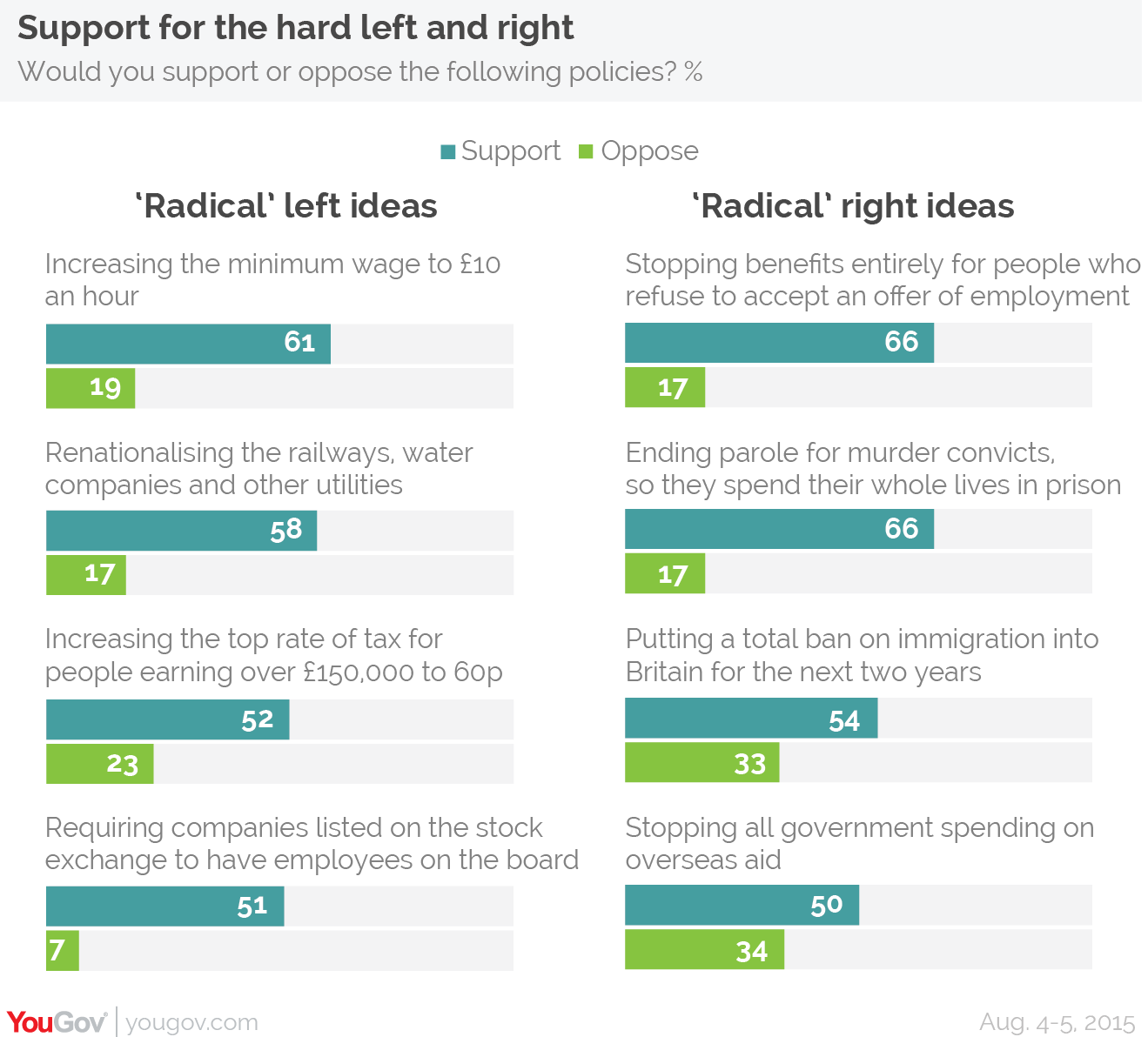

7 Ways to Fight the Radical Left & Protect Your MAGA Values
The political landscape is shifting, and the values you hold dear – those core tenets of the MAGA movement – are facing unprecedented challenges. But fear not, fellow patriot. This isn’t a time for retreat, but for strategic engagement. This article outlines seven proactive ways to fight back against the radical left and safeguard your beliefs for the future.
1. Master the Art of the Counter-Narrative
The left controls much of the mainstream media narrative. To combat this, we must become masters of crafting and disseminating our own compelling counter-narratives. This isn’t about shouting louder; it’s about presenting well-researched, compelling arguments that resonate with a broader audience. Utilize social media strategically, engage in respectful (but firm) debates, and support alternative media outlets that align with your values.
2. Support and Grow the MAGA Movement’s Infrastructure
A strong movement needs strong infrastructure. Support organizations dedicated to promoting conservative values, from grassroots groups to think tanks. Financial contributions, volunteering your time, and spreading awareness are all crucial steps. Consider participating in local Republican party activities and building a robust network within your community.
3. Become a Data-Driven Warrior
Facts are your most potent weapon. The left often relies on emotional appeals and misleading statistics. Arm yourself with verifiable data, credible sources, and compelling infographics to counter their claims. Understanding demographics, economic trends, and policy impacts will allow you to formulate effective arguments and win over undecided voters.
| Issue | Left’s Claim | MAGA Counterpoint (Data-Driven) |
|---|---|---|
| Economic Growth | Tax cuts benefit the wealthy. | Tax cuts stimulate job growth (cite relevant economic studies). |
| Immigration | Open borders are beneficial. | Secure borders enhance national security (cite statistics on illegal immigration). |
| Energy Policy | Fossil fuels are damaging. | Energy independence strengthens national security (cite energy production data). |
4. Engage in Strategic Local Politics
National politics matter, but local elections are where the rubber meets the road. School board meetings, city council elections, and county-level positions are often overlooked battlegrounds where the left is making significant inroads. Run for office, support conservative candidates, and actively participate in local political processes.
5. Educate the Next Generation
The future of the MAGA movement depends on educating the next generation in conservative principles. Support organizations that promote patriotic education, engage in discussions with young people, and encourage them to critically analyze information from diverse sources. The fight for the hearts and minds of future generations is paramount.
6. Master the Art of Persuasion
Effective communication is key. Learn to articulate your beliefs clearly and concisely, emphasizing shared values and common ground where possible. Focus on building relationships and engaging in respectful dialogue, even with those who hold opposing views. Remember, persuasion is about understanding and addressing concerns, not simply dominating the conversation.
7. Never Give Up
The fight for conservative values is a marathon, not a sprint. There will be setbacks and challenges, but unwavering perseverance is crucial. Maintain your focus, remain optimistic, and continue to engage in the fight. Your commitment to the MAGA ideals is a testament to your strength and dedication to a better future.
By implementing these seven strategies, you can effectively combat the radical left and protect your MAGA values. Remember, your voice matters. Your actions matter. Your dedication to the principles you believe in will make a difference.

Additional Information
A Critical Analysis of Strategies to Counter Perceived “Radical Left” Influence on MAGA Values
The phrase “Fight the Radical Left” often evokes strong emotional responses. Analyzing strategies proposed to counter this perceived threat requires a nuanced approach, moving beyond simplistic narratives and examining the underlying assumptions, potential consequences, and the factual basis for claims. Seven common strategies suggested to “protect MAGA values” deserve closer scrutiny:
1. Increased Political Engagement: This strategy advocates for heightened participation in elections, grassroots activism, and lobbying efforts. While increased political engagement is a cornerstone of a healthy democracy, its effectiveness in countering the “radical left” hinges on several factors. First, defining “radical left” itself is crucial. Does it refer to specific policy proposals (e.g., Medicare for All, Green New Deal), ideological positions (e.g., democratic socialism), or specific political actors? Second, the impact depends on the type of engagement. Is it focused on voter mobilization within existing partisan structures, or does it involve broader coalition-building and outreach to swing voters? Case studies of successful grassroots movements, both left and right, could illuminate effective strategies, while unsuccessful campaigns can highlight pitfalls like internal divisions or ineffective messaging. For example, the Tea Party movement demonstrates the power of grassroots mobilization, yet its internal fractures ultimately limited its long-term impact.
2. Support for Conservative Media Outlets: This strategy relies on the premise that alternative news sources provide a balanced perspective, countering what is perceived as biased mainstream media. However, the effectiveness is contingent on the accuracy and objectivity of these sources. Studies on media bias consistently reveal partisan leanings across the spectrum. Simply consuming information from like-minded sources reinforces existing beliefs and can lead to echo chambers, hindering productive dialogue and understanding. The spread of misinformation and disinformation through conservative media, as documented by organizations like the Media Matters for America, raises serious concerns about the reliability of this approach.
3. Financial Support for Conservative Think Tanks & Organizations: This strategy posits that funding organizations advocating for conservative principles strengthens their capacity to influence policy and public opinion. While financial support is crucial for maintaining these organizations, the impact depends on several factors: the quality of research produced, the effectiveness of their advocacy efforts, and the overall influence of think tanks on policy decisions. Analyzing the influence of specific think tanks (e.g., Heritage Foundation, American Enterprise Institute) on policy outcomes would provide valuable insights into the efficacy of this approach.
4. Promoting Traditional Values: This strategy often focuses on religious and cultural issues, aiming to counter what is perceived as a decline in traditional values by the “radical left.” However, defining “traditional values” is problematic, as interpretations vary significantly across different groups and communities. Moreover, the focus on this strategy risks alienating segments of the population and hindering the possibility of finding common ground on other issues. A deeper analysis would need to explore the evolving nature of societal values and the potential for constructive dialogue across differing viewpoints.
5. Educating the Next Generation: This strategy acknowledges the long-term importance of shaping future generations’ perspectives. However, the effectiveness hinges on the content and method of education. Promoting critical thinking skills, media literacy, and engagement with diverse perspectives is crucial to fostering informed citizenship, regardless of political affiliation. A simple focus on indoctrination, however, risks creating further polarization.
6. Legal Challenges to “Radical Left” Policies: This approach assumes that legal action can effectively counter policies considered detrimental to MAGA values. However, the success of legal challenges depends on numerous factors, including the specific legal arguments, the composition of the courts, and the broader political climate. Analyzing case studies of successful and unsuccessful legal challenges to similar policies would provide a more realistic assessment of this strategy’s effectiveness.
7. Building Alliances with Like-Minded Groups: This strategy recognizes the importance of coalition-building in achieving political goals. However, the success depends on the shared objectives, the ability to overcome internal differences, and the broader political context. Analysis should consider the potential limitations of alliances based solely on opposition to the “radical left,” as such alliances may lack coherence and long-term sustainability.
In conclusion, while the strategies mentioned aim to counteract perceived threats from the “radical left,” their effectiveness requires careful analysis beyond simplistic narratives. A deeper understanding of the underlying assumptions, potential consequences, and the factual basis for claims is crucial for formulating effective and constructive approaches to navigating political disagreements within a democratic framework. A focus on fostering constructive dialogue, promoting critical thinking, and embracing diverse perspectives is essential for a more productive and inclusive political landscape.




